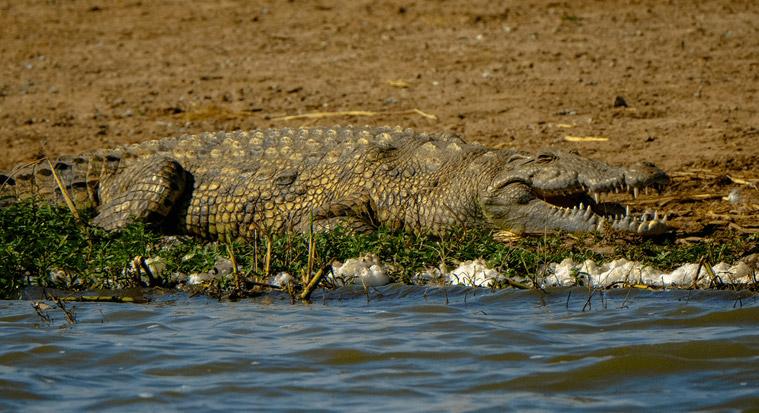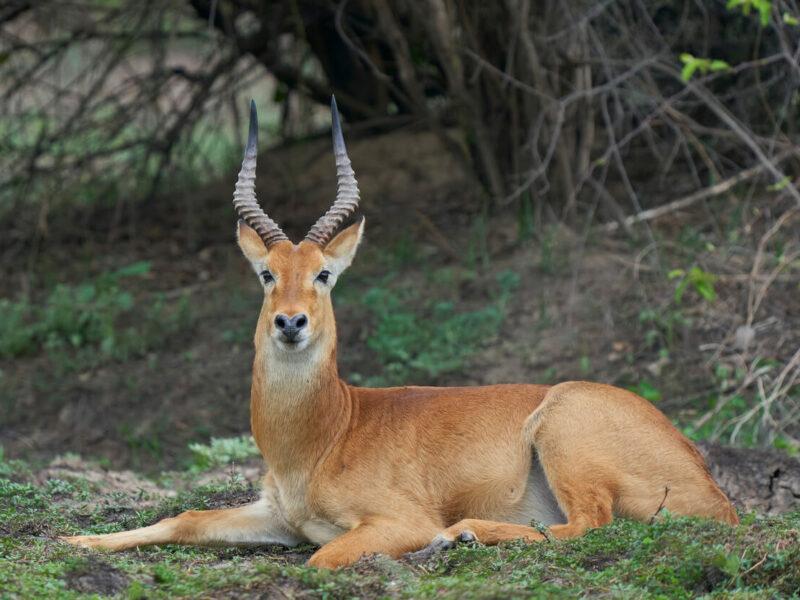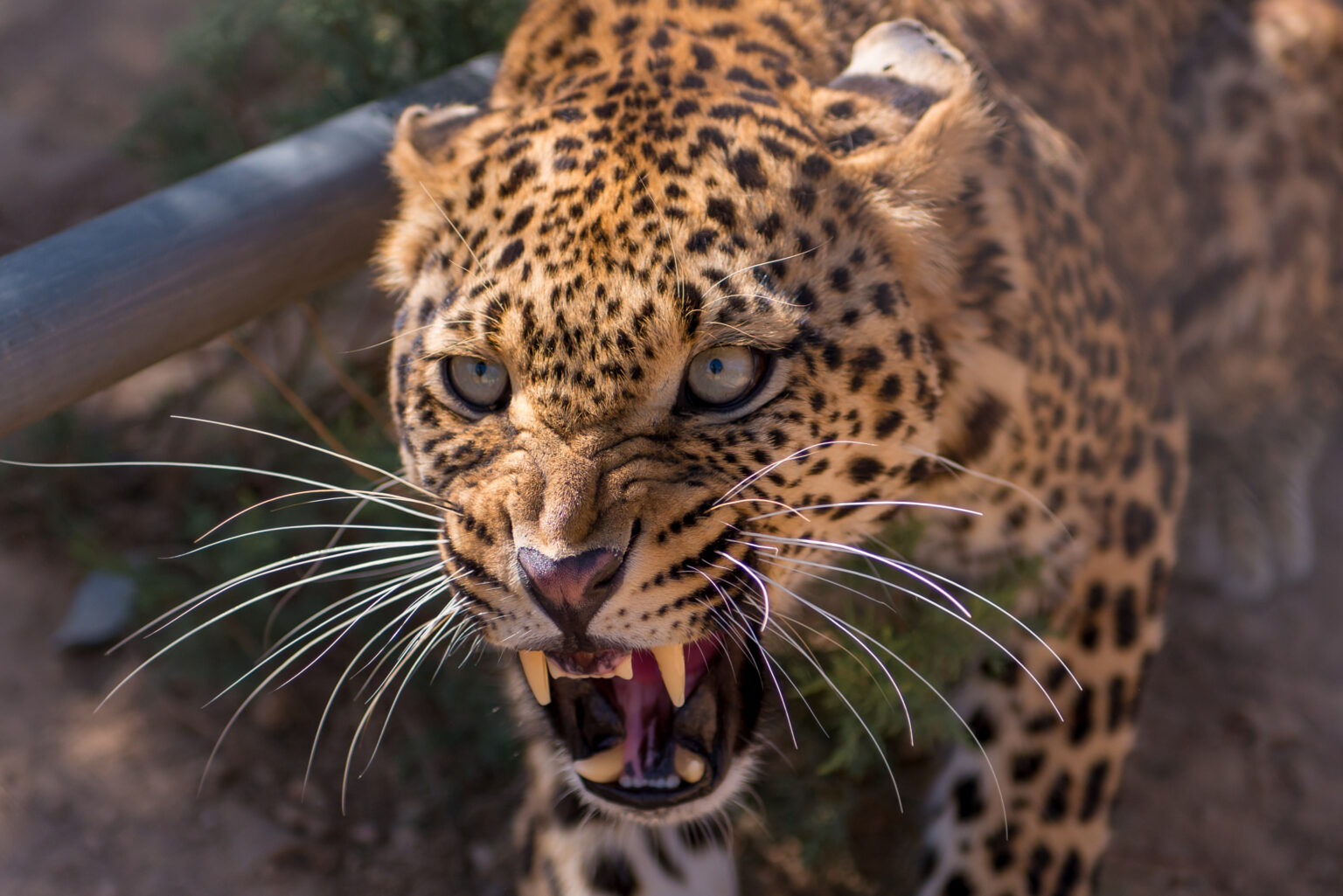Hunting in Zambia is a kaleidoscope of breathtaking landscapes, challenging terrain and conditions, diverse quality game species trophies, and immense rewards, culminating in an unmatched authentic African hunting adventure. Can you afford not to enjoy safari hunting in Zambia?
[DYNAMIC-BLOGTABLEOFCONTENT]
Key Takeaways
- Zambia is largely an undiscovered African gem, offering hunters a wide array of experiences when it comes to hunting in the region.
- Zambia’s hunting season runs annually from 1st May to 31st December, with the peak game hunting period between May and October.
- Hunting safaris in Zambia are largely unfenced, allowing for a more natural and real-life experience.
- Hunting areas are broken down into two main types, namely Government Managed Areas (GMAs) and privately-owned concessions and conservancies.
- Zambia has three main hunting areas, each with its unique species, challenges, and rewards. They are the Luangwa Valley, the Kafue Basin, and the Bangweulu Swamps.
- The Luangwa Valley is home to both dangerous and African plains game species, including endemic species such as the Cookson’s Wildebeest.
- The geography and terrain, together with the remoteness of the Luangwa Valley, provide the hunter with an authentic Zambian hunting safari experience.
- The Luangwa Valley is seen as having some of the best hunting in Zambia.

Why go Hunting in Zambia?
- Zambia offers hunters the opportunity to experience an authentic African hunting experience through rough, rugged, and remote terrain while targeting an array of species.
- Wildlife trophies are seen as being good quality, with exceptional game trophies often harvested throughout the country.
- There are three main hunting areas in the country, each with its own diverse species, hunting challenges, and unique hunting experiences.
- Hunting safaris in Zambia are largely unfenced, allowing for a more natural and real-life experience.
- Safari hunting in Zambia is well-regulated and managed by the Zambian Wildlife Authority (ZAWA).
- The country has many conservation initiatives in place, and by enjoying a Zambian hunting safari, hunters support these programs.
- When hunting in Zambia, you are assisting in creating jobs, with locals employed in the hunting industry as trackers, skinners, cleaners, chefs, and more. The meat harvested from hunts is also distributed to needy local communities, thereby giving back to those who need it most.
Types of Hunting Areas
Zambia’s hunting concessions are divided into GMAs (Game Management Areas) and private concessions or reserves and conservancies.
Private Reserves & Conservancies
These are privately owned properties that offer affordable plains game hunting opportunities.
Game Management Areas (GMAs)
These are community-owned lands that are managed by the Zambian Wildlife Authority (ZAWA). As of 2024, there were 36 GMAs. These areas act as buffer zones for national parks and support responsible and regulated hunting initiatives in the country.
Luangwa Valley: A Top Destination for Big Game Hunting
The Luangwa Valley remains one of the most popular hunting regions in Zambia. But why is this region so sought-after in terms of trophy hunting in Zambia?
Let’s take a closer look:
- The region is easily accessible from various main cities in Zambia and can be reached via private charters, private road transfers, or even bus services. Speak to your local outfitter directly for advice regarding traveling to the Luangwa Valley.
- A popular option to reach the area is flying into Mfuwe International Airport, located around 14 miles from South Luangwa National Park.
- The Luangwa Valley ticks all the boxes with diverse and abundant game species, with both dangerous and African plains game being prevalent in the area.
- Not only are there both dangerous and African plains game, but excellent trophies are harvested here, and the quality and diversity of the game on offer is a major drawcard for international hunting enthusiasts.
- Hunting areas are largely unfenced, allowing a more realistic and authentic hunting experience.
- Speaking of diversity of game, the area’s ecosystem and vegetation provide the perfect habitat for hippos and crocodiles, and high numbers of both these members of the Dangerous 7 are found here.
- Apart from the dangerous and plains game options, species such as the Cookson’s wildebeest allow a great hunting adventure for endemic species.
- The area practices conservation-driven hunting, with local communities benefiting from hunting in the region.
- When all is said and done and the Zambian hunting safari is complete, hunters return home with extraordinary hunting experiences, good quality game trophies, and unforgettable memories of their time in the Luangwa Valley.
Luangwa Valley Geography and Terrain: How Does it Influence the Wildlife Biodiversity?
Situated in eastern Zambia and forming part of the Great Rift Valley, the Luangwa Valley houses an abundance of wildlife through its wide biological and ecological variety that supports an array of species found in the region.
The Luangwa River & Floodplain
The river provides a water source throughout the year, and this, in turn, provides nutrients for the soil, resulting in a great variety of vegetation to attract numerous herbivores to the area. These herbivores, in turn, attract carnivores to the area, with a plentiful supply of prey for them, including hippos and various African plains game species. With such variety at hand, leopard, lion, and the apex predator, the Nile crocodile, are prevalent in the area.
Variety of Vegetation Zones
From mopane forests, miombo forests, and grasslands to riparian forests, the area is alive with diverse vegetation for large varieties of animals to inhabit. From small antelopes to large African plains game species, game species are plentiful.
The Muchinga Escarpment
The Muchinga Escarpment’s rocky and hilly terrain provides the perfect habitat for wild dogs and hyenas while forming the natural western border of the Luangwa Valley. Due to its steep incline, it also affects temperature and vegetation growth.
Climate & Vegetation
The region has definite wet and dry seasons that run as follows:
- Wet Season: December to March
- Dry Season: April to November
These two seasons influence the wildlife in the area, with the wet season seeing abundant water sources and great growth in vegetation, drawing the animals to the area with good feeding and watering options, while the dry season allows them to still have access to water by visiting the river and constant water sources.
The Luangwa Valley is home to one of Africa’s most biologically diverse and ecologically rich ecosystems, with many factors, including its perennial river system, escarpment, vegetation types, and climate, all playing a role in encouraging and supporting its array of abundant wildlife species.
Popular Species to Hunt in the Luangwa Valley
The lush Luangwa Valley is alive with copious amounts of game. Some of the most popular to target when on a hunting safari in Zambia’s Luangwa region include both dangerous game and African plains game species:
Dangerous Game Species
Leopard
Leopards are nocturnal, which makes spotting and hunting them during daylight hours even more testing. These highly dangerous, elusive African cats prefer solitude and are experts in the art of camouflage, resulting in a challenging hunting safari.
Lion
The king of the jungle tends to roam over large areas, while preferring dense habitats that make them difficult to spot and track.
Elephant
The African elephant is the world’s largest land animal and a highly social and intelligent mammal. They are quick to sense threats and act accordingly. Elephants are very protective over their herd and their young, so be warned.
Cape Buffalo
Often referred to as “Africa’s Black Death,” with good reason, the buffalo is an aggressive, unpredictable, and highly dangerous hunting adversary. Within the Luangwa Valley, they tend to favor thick bush, making surprise close-up encounters more frequent than one would think.
The Nile Crocodile
Perennial rivers in the region ensure that this cold-blooded apex predator inhabits the area, always in search of its next victim. High densities of trophy crocodiles are found in the area and are mostly hunted through baiting and ambush methods.

Hippo
Taking advantage of the Luangwa River and its various tributaries, hippos are found in abundance in the Luangwa Valley. While these herbivorous members of the Dangerous 7 may seem quite docile, don’t be deceived. Hippos are one of Africa’s most dangerous animals and are a threat not only in the water but also on land when they leave the water to graze. A word of advice: Don’t get between a female hippo and her offspring; there’s a good chance it will be the last thing you ever do.
African Plains Game
Sable
While sable hunting safaris in Zambia’s Luangwa Valley are not as prevalent as in the Kafue Basin or Western Zambia, there are still some good trophies available. This majestic antelope is famed for its dark glossy coat and beautiful curved horns and prefers habitats of miombo forests and savannah woodlands. Sables are easily spooked, requiring the hunter to stalk them undetected or risk the chance that they may flee – and ruin the opportunity of harvesting a stunning game trophy.
Puku
The puku prefers a habitat of floodplains and grasslands and are more active in the early morning and late afternoon. During the day, they rest in tall grasslands, making them even more difficult to spot. During the wet season, tracking them through waterlogged terrain is testing and physically demanding for hunters, while the dry season sees the puku congregated around available water sources. While the latter may be better as they are now easily located, the antelope remains extremely wary while being in the open and is on high alert for any potential threats or predator activity.

Roan
The roan with its impressive horns enjoys a habitat of miombo woodlands and grasslands within the Luangwa Valley. Their love of this type of habitat, combined with large home ranges, make them a challenge to locate and stalk. They are also an exceptionally wary plains game species and are known to flee at the first sign of danger, making stalking them undetected a challenging activity.
Chobe Bushbuck
The Chobe bushbuck is found amongst the Luangwa Valley’s dense vegetation, which provides excellent camouflage opportunities. Being nocturnal, the bushbuck is more active during the early morning or late afternoons, something that hunters need to consider.
Oribi
The oribi is a small antelope inhabiting the Luangwa Valley, preferring areas with short grasses, vegetation, and floodplains. These areas are easy for them to hide and camouflage in, without being detected by either hunters or predators, while the low grasses make stalking them challenging and allows them to easily spot danger. Rather than flee like many of their plains game counterparts, the oribi freezes in one spot, seamlessly blending into the vegetation and making them even more difficult to spot.

Cookson’s Wildebeest
Endemic to the region and a subspecies of the blue wildebeest, the Cookson’s wildebeest is a popular hunting trophy when safari hunting in Zambia. Hunting this African plains game species will test your stalking skills as this is an extremely alert species where you have not one set of eyes and ears, but rather those of the entire herd on the lookout for danger.
Greater Kudu
No Zambian hunting safari is complete without targeting the greater kudu, also known as Africa’s Gray Ghost. Affectionately called “king of the spiral-horns,” these antelopes can effortlessly disappear into the surrounding vegetation, never to be seen again. Kudu hunting requires patience, perseverance, and exceptional stalking skills.
Zimbabwe Frequently Asked Questions
Is hunting allowed in Zambia?
Yes, hunting is legal in Zambia. It is carefully monitored and overseen by the Zambia Wildlife Authority (ZAWA).
Are there lions in Zambia?
Yes, lions are found within all of Zambia’s major parks, including Kafue, North Luangwa, Lower Zambezi, and South Luangwa.
Is night hunting permitted in Zambia?
No, night hunting is banned, and all hunting must occur during daylight hours. No night hunting may take place in the region, and the use of artificial lights when hunting is illegal.
Can you hunt rhinos in Zambia?
No, rhinos may not be hunted in Zambia. The only countries where it is legal to hunt rhino (under stringent conditions and with all regulations in place) are Namibia and South Africa.
Can you hunt giraffes in Zambia?
No, it is illegal to hunt giraffes in this region, with legal hunting of giraffes only happening in Namibia, Zimbabwe, and South Africa.
Where are the most popular regions to enjoy safari hunting in Zambia?
Hunting in Zambia is scattered via biodiverse hotspots and ecosystems that support local wildlife in the country. The Luangwa Valley is famous for its dangerous game and array of African plains game, offering some of the best hunting in the region. The Kafue Basin is renowned for its leopard and lion populations and remains a sought-after area for targeting numerous African plains game, including the sable, puku, and Kafue lechwe, amongst others.
Conclusion
Zambia is one of Africa’s hunting gems. It is quite literally as simple as that. The hunting grounds in the area are some of the finest worldwide, catching the attention of hunters whether they are interested in targeting dangerous game or some exquisite African plains game, including endemic species. The large, mostly unfenced concessions allow hunters to experience African hunts of old in rugged and remote regions, which just add fuel to the excitement of hunting in Africa. Hunting in Zambia is a privilege. Can you afford to miss out?
